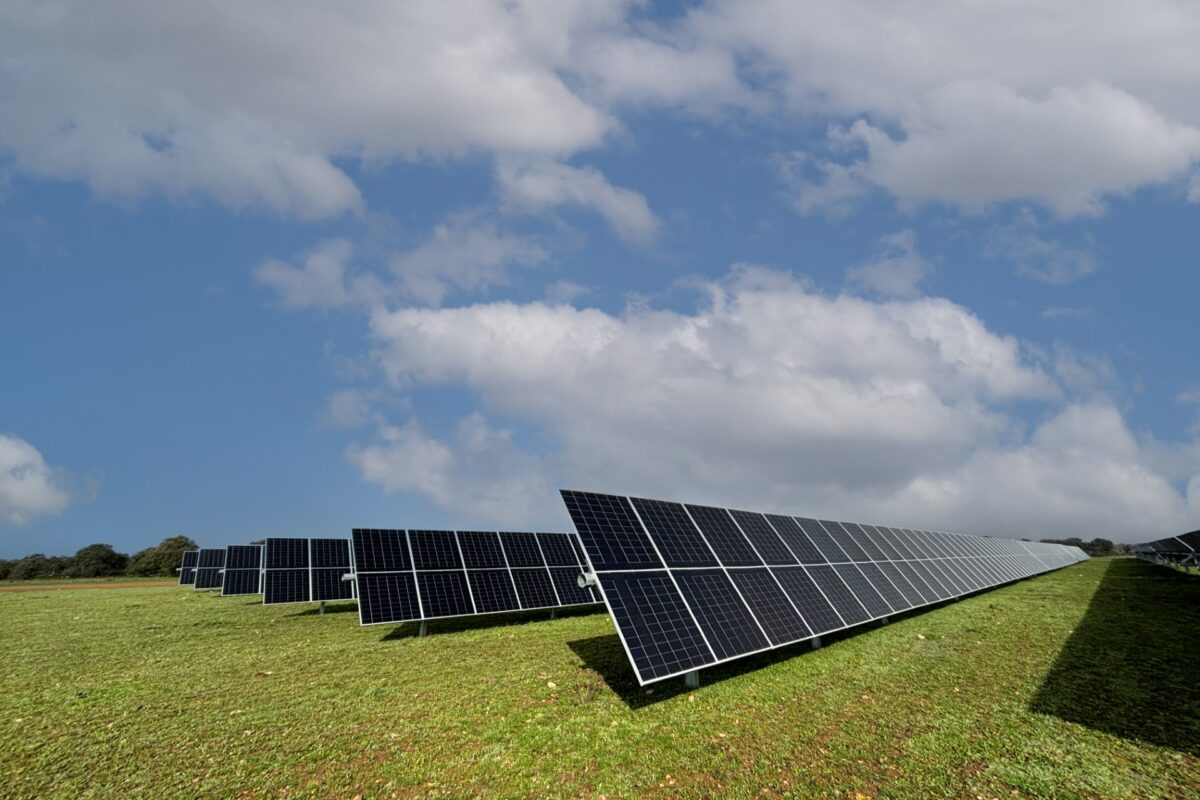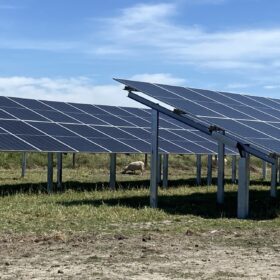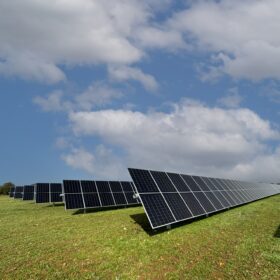Scientists from the University of New South Wales (UNSW) have investigated the impact of electron irradiation on the performance of p-PERC, n-TOPCon and p-TOPCon solar cells and have found that this phenomenon can cause “severe” degradation.
“Our work builds on our earlier work on solar cell modelling and hydrogenation-induced defect recovery and aims to guide future design of radiation-tolerant commercial silicon cells for space power applications,” the research’s corresponding author, Bram Hoex, told pv magazine.
Electron radiation degrades performance in solar cells, especially those used in space, by generating physical defects in the light absorber. In space, high-energy electrons are charged from particle environments and solar flares and penetrate the solar cell material. This causes damage through electrostatic discharge, which affects the electrical and physical properties of solar cells, impacting parameters like short-circuit current and open-circuit voltage.
For their tests, the research team used several types of commercial silicon wafers and cells measuring 158 mm x 158 mm, with the devices being irradiated with 1 MeV electrons at doses ranging from 1014e/cm2 and 5 × 1014e/cm2. It also used a Sinton WCT-120 lifetime tester to take minority carrier lifetime measurements and photoluminescence (PL) images to assess the severity of radiation damage to lifetime wafers.
Moreover, three types of commercial silicon solar cells, including a 158 mm x 158 mm p-PERC cell, a 166 mm x 166 mm p-TOPCon, and six different n-TOPCon solar cells fabricated by different undisclosed manufacturers between 2021 and 2024, were exposed to 2.16 x 1014e/cm2 of 5 MeV electron irradiation.
“The I-V characterisation was conducted using PVTools LOANA cell tester for AM1.5G spectrum and using a Wavelabs SINUS-220 I-V tester for AM0 spectrum,” the scientists explained. “The AM0 I-V results were compared with data obtained during the actual space mission. In addition, the external quantum efficiency (EQE) was measured using a PV Measurements QEX7 Spectral Response tool. Quokka 3 was employed to simulate optical response, carrier transport and recombination in the silicon solar cells with the drift-diffusion model.”
The analysis showed that both 1 MeV and 5 MeV electron fluxes considerably affected the performance of the silicon bulk in all types of post-irradiated silicon solar cells. The researchers also found that degradation was particularly pronounced in the p-TOPCon cells, due to the rear p-n junction design.
By contrast, in the n-TOPCon cell and the p-PERC devices, losses were attributed mostly to the recombination of photogenerated carriers excited by long-wavelength light. “p-type substrates showed superior radiation tolerance relative to n-TOPCon, linked to higher electron mobility and gallium doping,” Brahm explained. “Front-junction architectures performed better than rear-junction p-TOPCon designs, which suffered from short-wavelength EQE losses.”
The research team also found that electron irradiation causes severe degradation in bulk minority carrier lifetime, from around 75 ms to about 0.2 µs at 10¹⁵e cm².
“This bulk lifetime loss, rather than surface effects, dominates efficiency degradation,” Brahm said. “Vacancy–vacancy defects were identified as the principal radiation-induced defects through DPSS/TIDLS analysis, with efficiency dropping by up to around 60 % under simulated LEO-equivalent irradiation, with n-TOPCon showing the strongest sensitivity.”
The academics presented their findings in the study “Electron radiation-induced degradation of silicon solar cells,” published in Solar Energy Materials and Solar Cells.
Previous research by UNSW showed the impact of soldering flux on TOPCon solar cell performance, that of UV-induced degradation (UVID) in TOPCon cells, degradation mechanisms of industrial TOPCon solar modules encapsulated with ethylene vinyl acetate (EVA) under accelerated damp-heat conditions, as well as the vulnerability of TOPCon solar cells to contact corrosion and three types of TOPCon solar module failures that were never detected in PERC panels.
Furthermore, UNSW scientists investigated sodium-induced degradation of TOPCon solar cells under damp-heat exposure and the role of ‘hidden contaminants’ in the degradation of both TOPCon and heterojunction devices.
This content is protected by copyright and may not be reused. If you want to cooperate with us and would like to reuse some of our content, please contact: editors@pv-magazine.com.









By submitting this form you agree to pv magazine using your data for the purposes of publishing your comment.
Your personal data will only be disclosed or otherwise transmitted to third parties for the purposes of spam filtering or if this is necessary for technical maintenance of the website. Any other transfer to third parties will not take place unless this is justified on the basis of applicable data protection regulations or if pv magazine is legally obliged to do so.
You may revoke this consent at any time with effect for the future, in which case your personal data will be deleted immediately. Otherwise, your data will be deleted if pv magazine has processed your request or the purpose of data storage is fulfilled.
Further information on data privacy can be found in our Data Protection Policy.